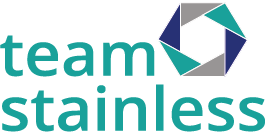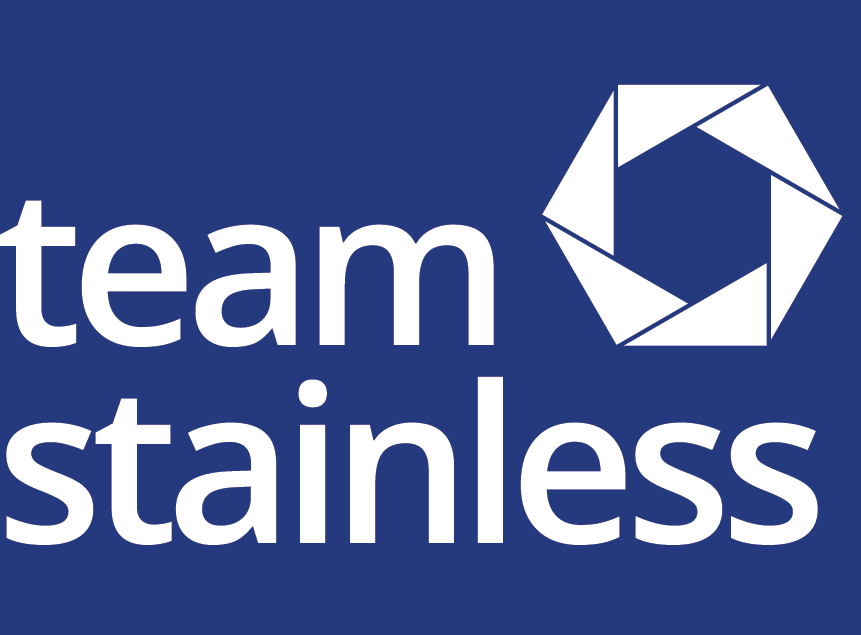Code of standard practice for structural stainless steel buildings

The Code of Standard Practice for Structural Stainless Steel Buildings (AISC 313-21) provides a framework for a common understanding of the acceptable standards when contracting for structural stainless steel. Unless specific provisions to the contrary are contained in the contract documents, the existing trade practices that are contained therein are considered to be the standard custom and usage of the industry and are thereby incorporated into a contract between the related parties.
Date: November 2021
Source: American Institute of Steel Construction


